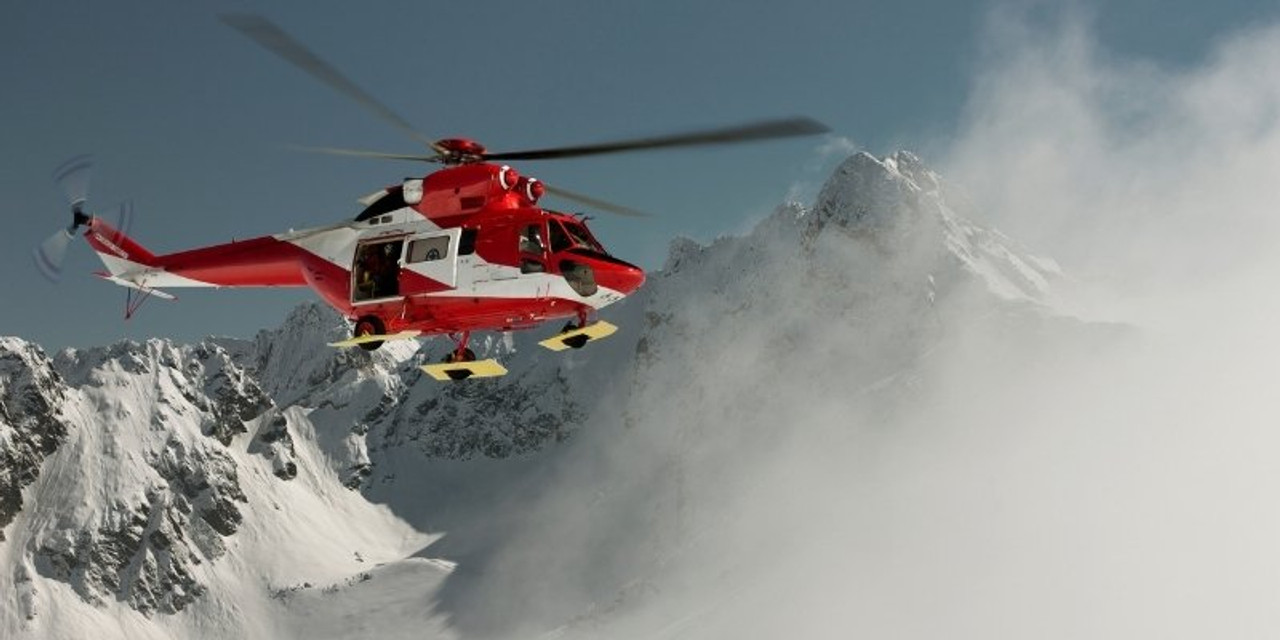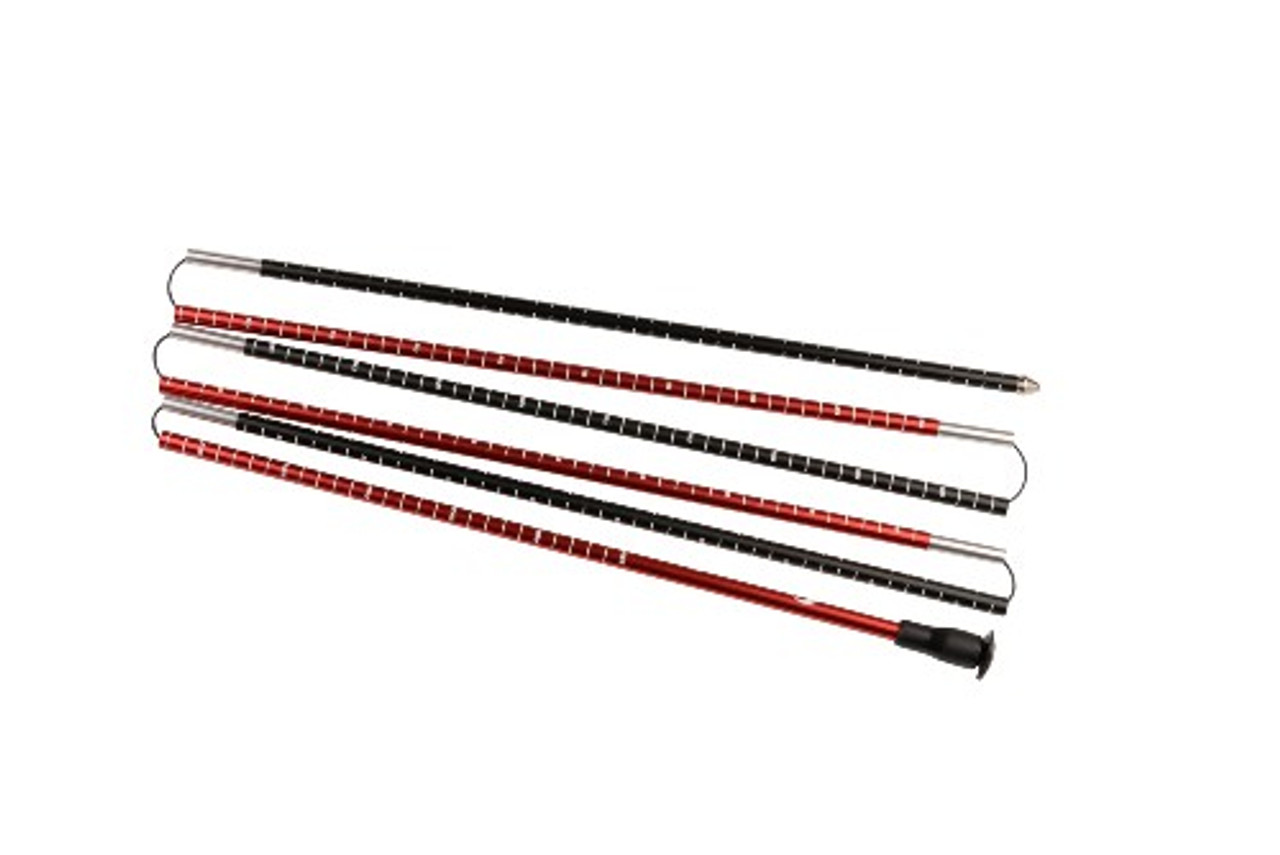Avalanche Safety for Snowshoers
Posted by Crescent Moon on Jan 13th 2021
For a snowshoer in rugged, high-relief terrain, avalanches are a real cause for concern. These mighty snow slides are nothing to take lightly: Nearly 30 people a year are killed by avalanches in the U.S., and though forecasting has become much more powerful, the avalanches can nonetheless be hard to predict.
Whether you’re sticking to a marked route in mountainous terrain or making a backcountry traverse, you need to bone up on avalanche safety, bring the right avalanche safety gear, and continually monitor conditions during your trek.
The Danger of Avalanches
Avalanches can be classified in several ways, including basic differentiation between wet- and dry-snow avalanches. Between loose-snow avalanches—including the fairly small loose slides known as “sluffs”—and slab avalanches. Any avalanche can be dangerous, though statistically speaking, dry slab avalanches are the deadliest in North America.
All sorts of triggering factors may spark avalanches, but many of these are exceedingly subtle or impossible to directly perceive. A weather pattern of weeks—even months—may set the stage for a sudden slide. A reverberation from one slope may set off an avalanche on another. The pull of gravity alone on an overloaded slope side snowpack can suddenly cause it to collapse.
It’s essential to carry a clinometer with you when snowshoeing in avalanche country so you can gauge the steepness of the slopes you’re traversing. Most avalanches trigger on slopes between 35 and 45 degrees, though slides are certainly possible on shallower or steeper inclines. Generally speaking, you should be on high alert when crossing mountainsides between 30 and 50 degrees. When weather or avalanche forecasts signify elevated avalanche danger, you ought to avoid such slopes altogether if possible.
Avalanche Weather
Certain weather patterns make avalanches more likely, which makes paying attention to weather forecasts before your trip—and remaining alert to changing conditions during it—of utmost importance. Storms dumping prodigious snowfall rates are dangerous, as snow can pile up rapidly in unstable drifts highly likely to slide. But you don’t need actively falling snow to create this situation: Wind alone can accumulate treacherous slabs, particularly when gusting above 10 or 15 miles per hour.
Clear and very cold weather over snowy terrain followed by snowfall is another pattern to watch out for. The hoar layer formed on the surface of the snowpack during the first interval and then buried under fresh drifts can create a weak layer prone to slab avalanching. “Sun crusts” formed by melting-freezing cycles under strong sunshine can also make weak layers when buried. Rain-on-snow events can cause avalanches by weakening snow packs or forming buried ice layers.
Snowshoeing in Avalanche Country
Always carry a snow shovel, which can be used not only to conduct snowpack-stability tests to gauge avalanche danger but also to dig out other members of your party if they’re buried in a slide. You also need an avalanche probe for searching for avalanche victims, and everybody in your group should have an avalanche transceiver. It’s an excellent idea to invest in an avalanche airbag, which helps you stay afloat in an avalanche, as well.
Use your clinometer and regular tests of the snowpack to assess whether you’re straying into dangerous avalanche terrain. Slopes studded with trees or rock outcrops that stick above the snowpack tend to be more stable. Avoid whenever possible bowl-shaped slopes or gullies below steep headwalls. Try not to snowshoe below mountain flanks topped by cornices, which can break off unexpectedly and create an avalanche; slopes below cornices also tend to be wind-loaded and thus vulnerable to slab avalanches. Windward slopes or wind-scoured spurs are usually the safest to travel on a mountain or ridge from an avalanche perspective.
If you have no choice but to cross a potentially hairy slope, do so one at a time, and have everybody follow in the same footsteps. Don’t cross slopes above “terrain traps” such as ravines or tree cover.
If you’re caught in an avalanche, shed your snowshoes if at all possible, as well as your trekking poles. (When crossing hazardous terrain, keep your hands out of the loops of your pole handles.) If you can get to the edge of the slide, do so. Put an arm across your face so that, if you’re buried, you’ll have an air pocket to breathe from, but use your other limbs in a swimming motion to try to stay as high up in the avalanche as you can. Keeping your backpack on also increases the likelihood you’ll end up toward the top of the slide and provides some impact protection. In your backpack you should absolutely have an avalanche probe kit to help search for others who might be trapped.
Prepping for Avalanche Country
The best way to learn how to snowshoe safely in avalanche terrain is by taking a class: There’s nothing better than getting hands-on expert instruction in how to test the snowpack, how to search for avalanche victims, and what to do if you are caught in a slide. You can find a list of avalanche courses right here.
Be safe out there while snowshoeing, and always respect those mountains! By keeping a clear head, staying abreast of weather and snowpack conditions, bringing the right gear, and not taking foolhardy chances, you have a very good chance of enjoying the snowy mountains without getting in trouble with an avalanche.

